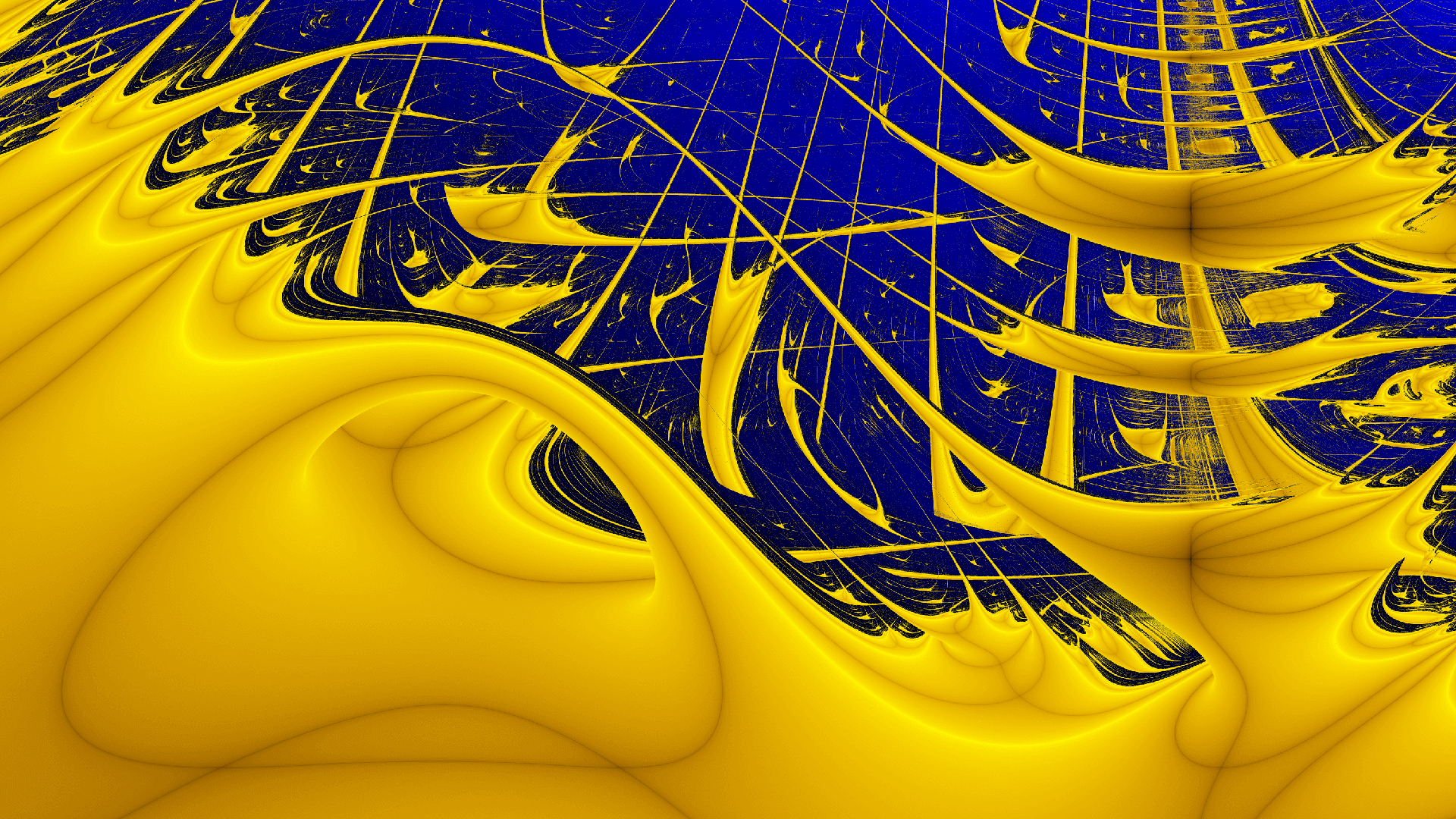
29 Apr Mathlandia
It sometimes feels like you are sitting in an alternate universe when participating in an elementary math activity. The classroom takes on an other-worldly quality that is known only as Mathlandia to some kids, and its rules and ways of knowing follow seemingly arbitrary conventions that are better followed than understood. To succeed one often needs to know mnemonics about excusing Sally or multi-step procedures that involve lattices, crossing out numbers, measuring random lines, or using funny looking symbols in particular places. And memorization is very, very important (Boaler, 2015).
Never mind word problems! In Mathlandia, students slog through quasi-realistic, make-believe passages that ask students to imagine the cost of things like quiche (if ⅛ of a piece costs $1.25). There’s paragraphs about trains rumbling towards mystical cities named True Town (ironic) as well as problems that involve giving people insane amounts of fruit. Even when decoding and comprehending text is not an issue, students are told to unlock the keys to fictitious problems by searching for keywords like fewer (subtraction) or altogether (addition).
It’s no wonder that Mathlandia’s students become confused when presented with problems like this: “There are 15 students in the class altogether. If 8 of the students are boys, how many are girls?” Third-grade sleuths trained in the art of math codebreaking are more likely to answer 23 than any other response. “Look at what the problem is asking,” teachers in Mathlandia say quizzically. The nonplussed students shout in unision, “Altogether is addition! Altogether is addition! Altogether is addition!”
That’s what some children believe school math entails when they enter a math classroom or begin an activity with numbers: They are beginning an adventure in Mathlandia and schoolishness. A journey that involves decontextualized situations with little intrinsic meaning, lots of abstract concepts, and even less common sense. In Mathlandia, there’s an overemphasis on procedural understanding when a balance of conceptual knowledge within mathematical processes is what experts recommend.
The videos below feature two classroom examples that exist outside of Mathlandia and pseudocontexts. Each uses technology as a mechanism for reducing the artificiality associated with math activities in the elementary classroom- and helps affirm the students’ relational ideas about mathematical concepts.
Note: Mathlandia was made up for this post. It does not refer to the iOS app with the same name.


Sorry, the comment form is closed at this time.